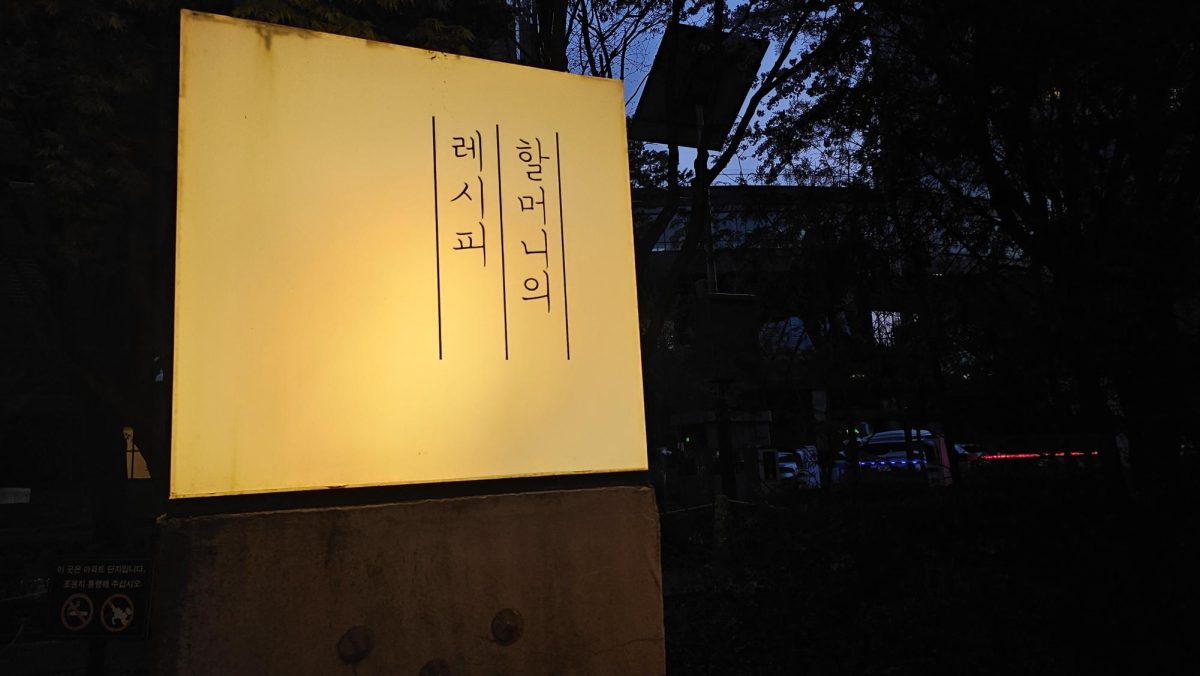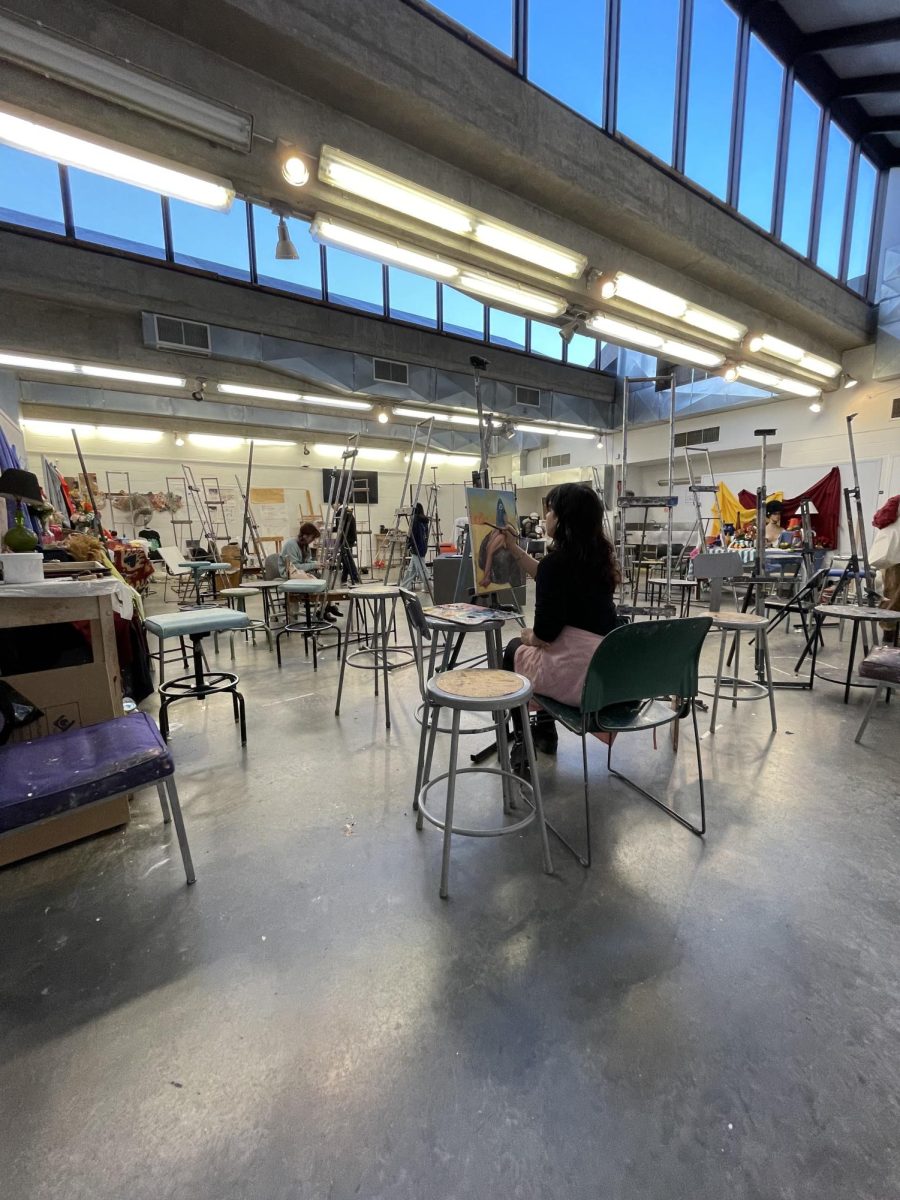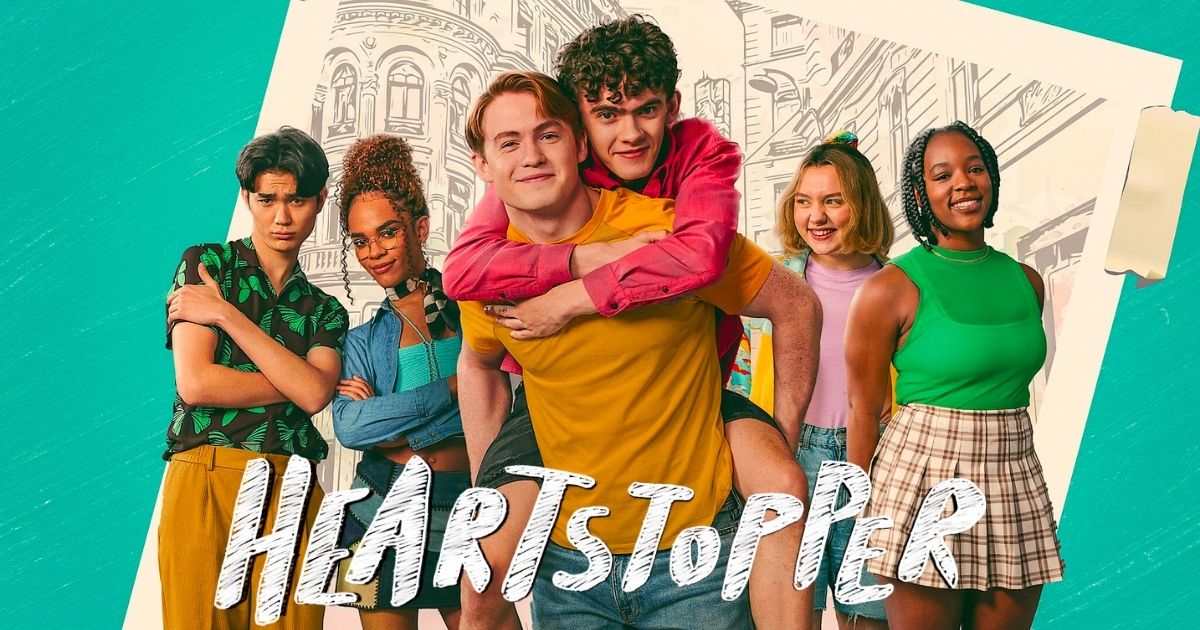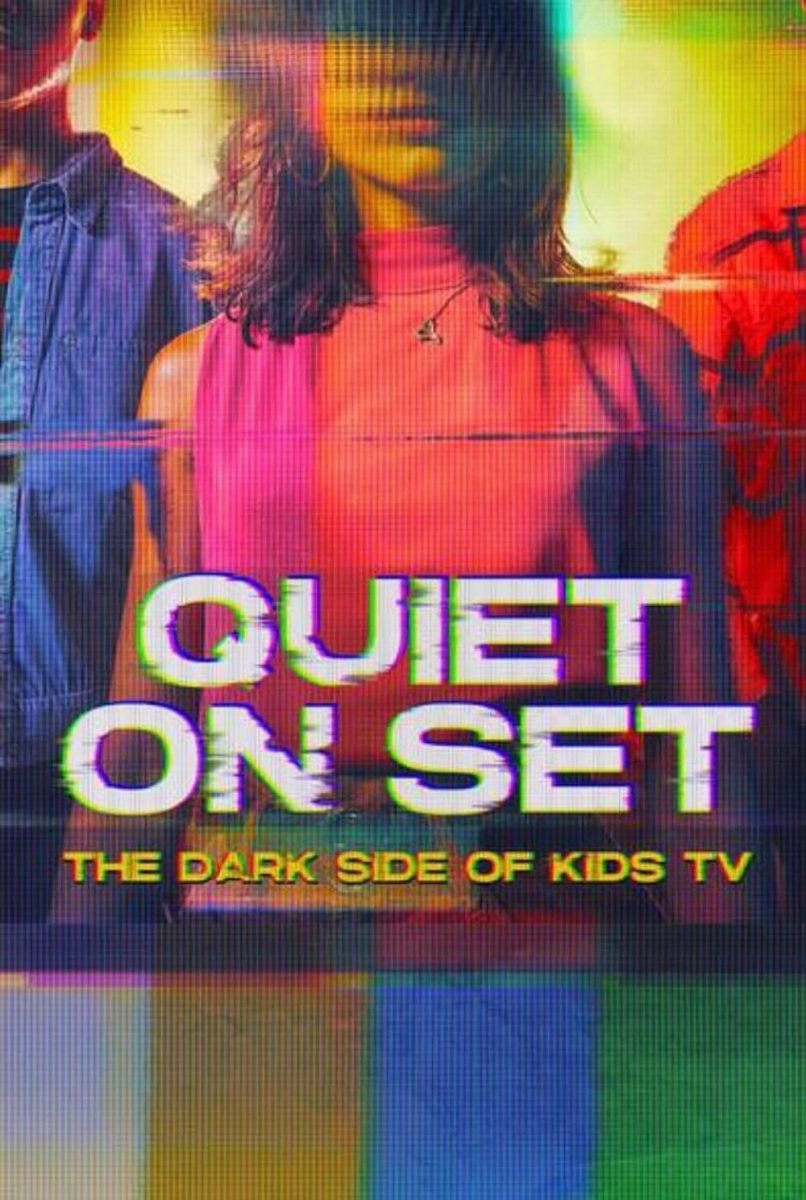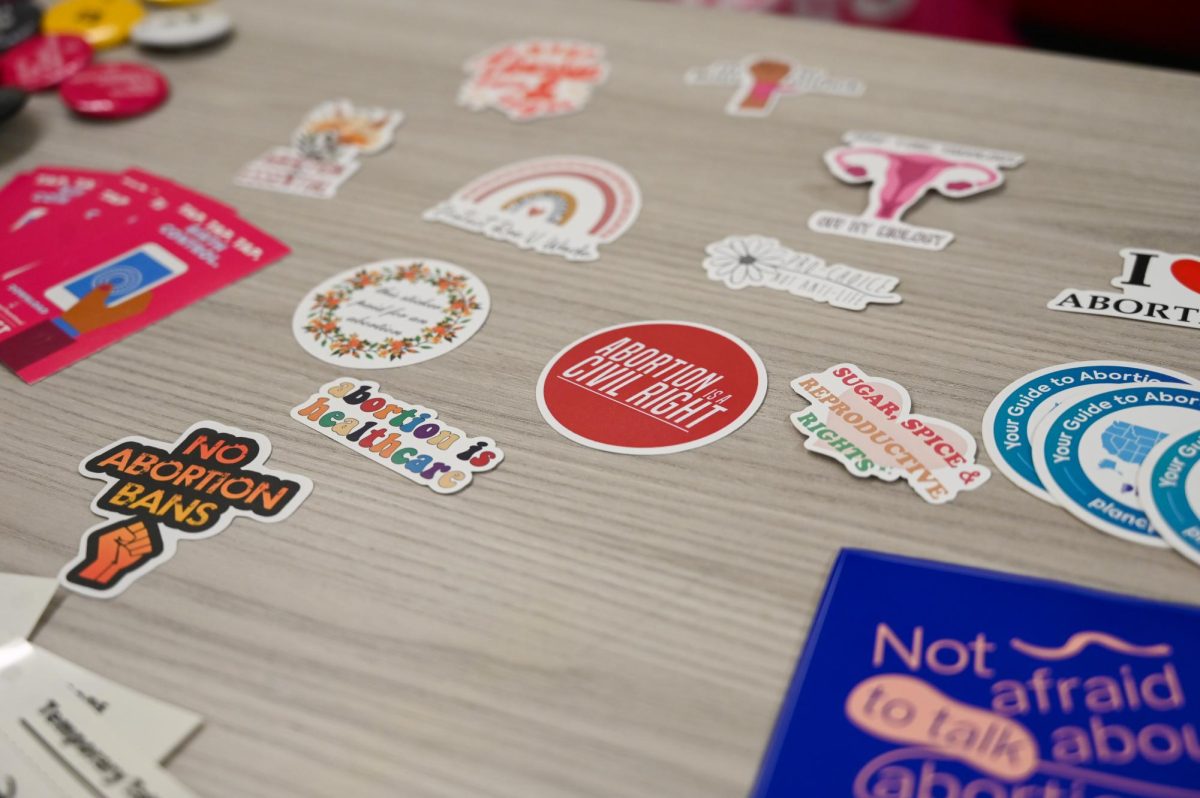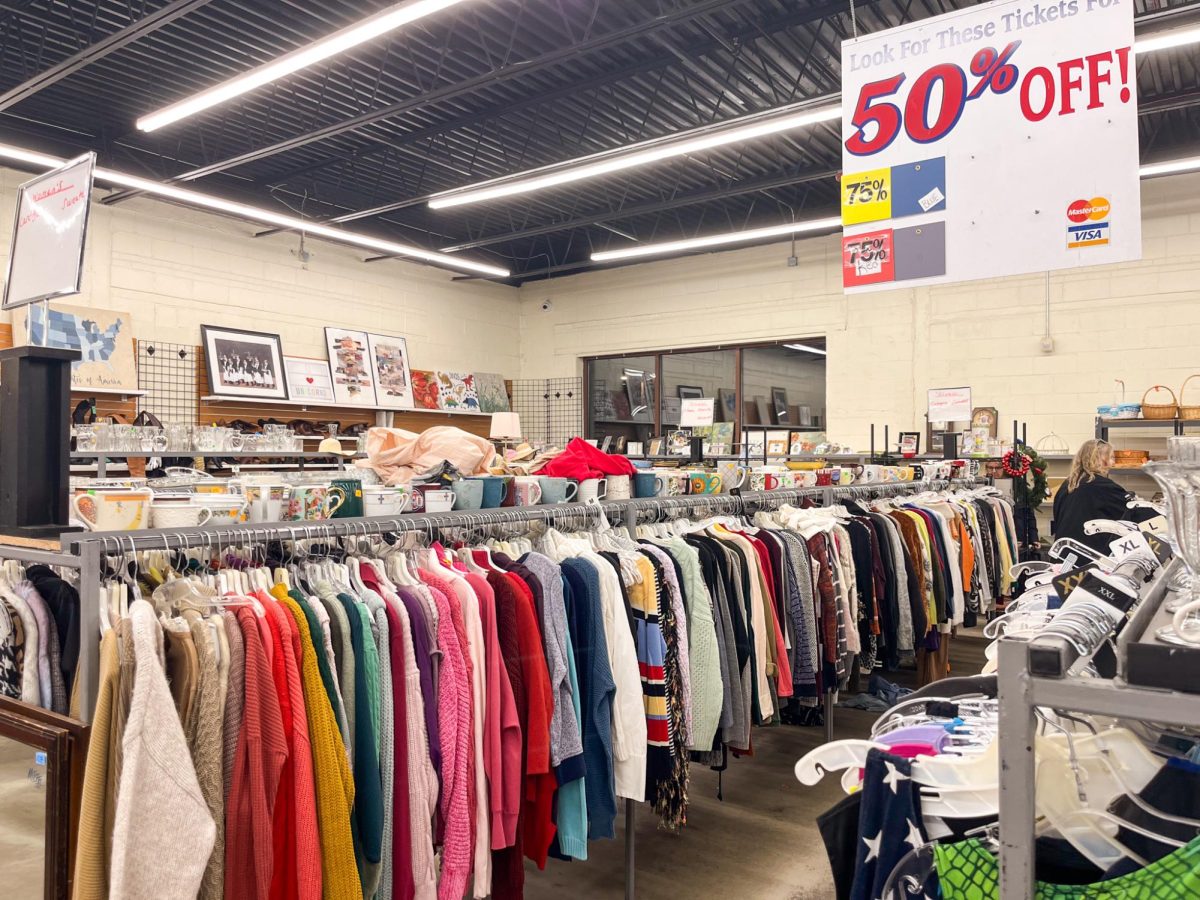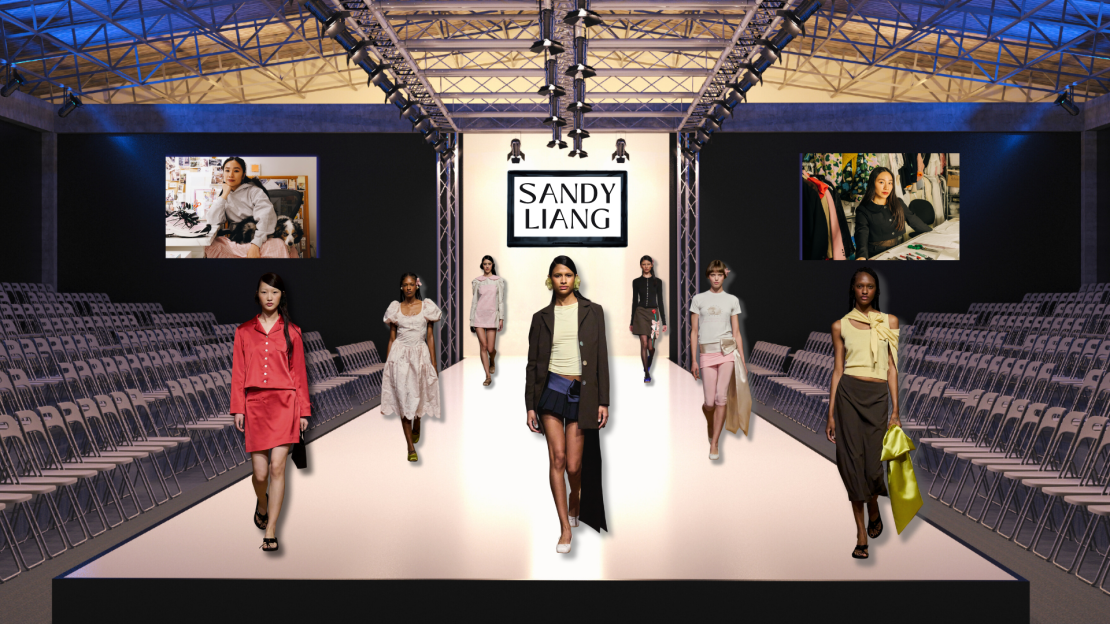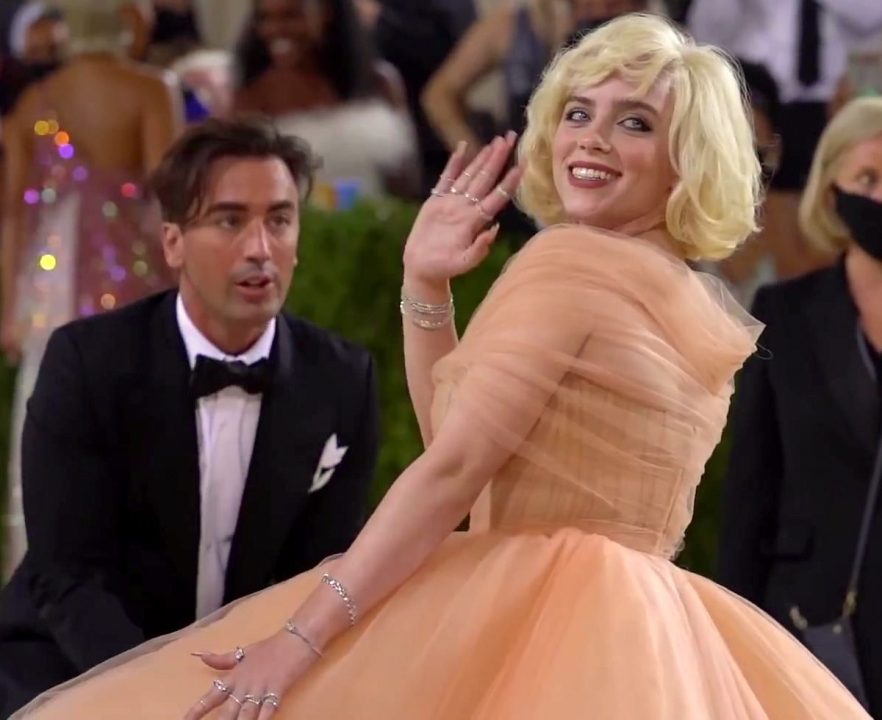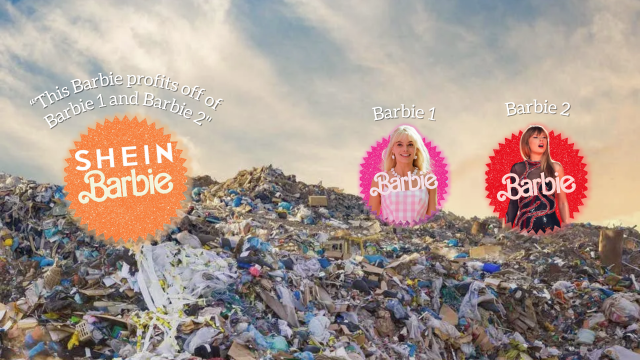
This past spring and summer gave way to a lot of sociocultural moments and eras, namely Greta Gerwig’s “Barbie” and Taylor Swift’s “The Eras Tour.” Both the premiere of the movie and the concerts have led to a massive surge in popularity for both events, as well as in certain fast fashion trends.
Since the release of the “Barbie” trailer in Dec. 2022, fans have been eagerly preparing their outfits to wear while watching the movie, clamoring to show their support for the highly-anticipated film. The agreed-upon dress code was simply anything and everything pink. This defined a global social moment where millions of fans were purchasing and creating perfectly pink Barbie-themed outfits. Hundreds of thousands of Instagram reels and TikTok videos displayed people repping their Barbie, Ken and Alan-coded outfits.
The “Barbie” era, lasting a little over six months, gained a lot of traction as the movie neared its July premiere date. The pressure to coordinate “Barbie” outfits was all the rage across various social media platforms, prompting fashion companies to put out their own products in support of the film. Mattel produced clothing and played a prominent role by collaborating with approximately 40 brands. Their product collaborations include Crocs, Vans, makeup, plastic dolls, dollhouses and perhaps the most popular product genre, clothing.
With the recent rise of pink outfits, styles, makeup palettes, jewelry and accessories, a new fashion trend emerged: “Barbie core.”
Between the clothing being purchased by millions of people globally and the products promoting the film, a surge of new fashion trends emerged. This brought a whole new dimension of depth to the film where the art was no longer just cinematic; it became an era defined by the rise of pink outfits that could be used to enhance a fan’s movie-watching experience.
Another trend contributing to the rise of pink and resulting in a similar societal shift occurred a month before the first “Barbie” trailer was released — when singer-songwriter and global icon Taylor Swift announced dates for “The Eras Tour.” In response, fans rushed to purchase tickets and put together dazzling outfits for the concerts. From Instagram reels to TikTok algorithms, a new trend of wearing Swift-coded outfits went viral. Over a million videos show fans creating, assembling or unboxing the outfits they had ordered online prior to their concert dates. Similarly, many fans had also bought merchandise before and after viewing “Barbie.”
While the main focus of “Barbie” was the story that Margot Robbie and Ryan Gosling’s characters were portraying, and Swift’s “The Eras Tour” was about the music, fashion had become an integral part of both attendees’ experiences. The evidence is plastered all over social media, solidifying these artistic expressions as true cultural fashion moments — or, arguably, cultural eras.
One such example are the fast fashion trends that came and went from fans’ support of these two cultural moments. What happened to all of the clothing reflecting Swift’s discography after the concert was over? Or after fans watched “Barbie?”
Just like all trends, the hype comes and goes. Our society retains a trend-based attention span, especially for big sociocultural moments like “Barbie” and “The Eras Tour.” The hype begins to die out, but it doesn’t disappear from the internet completely. Such fashion trends that continue to populate the fashion industry show that moments like “Barbie” and “The Eras Tour” should be perceived within the larger context of longer-lasting sociocultural imprints.
For example, pink clothing, the “Barbie core” aesthetic and fashion trends like sequins and fringe continue to be popular. To this day, you can find many people wearing Taylor Swift merchandise or “I Am Kenough” t-shirts and sweatshirts. TikToker Hannah Kinder makes content about going to several stores like H&M, Zara, Pacsun and Primark and seeing clothing tailored to the styles inspired by Swift and “Barbie.”
According to Time Magazine, hot pink is shaping more everyday-wear outfits with celebrities donning bold pink colors at events, which consequently influences the general public. For instance, when Margot Robbie’s pink Western Barbie outfit was revealed, it “sparked a 416% increase in searches for pink clothing.”
However, part of this phenomenon has led to an increase in fast fashion consumption. According to a post made by sustainability advocate Livekindly on Instagram, several of the companies that collaborated with Mattel “created their products with cheap materials and labor,” thus “contributing to the exploitation of workers and carbon emissions.” In addition, the desire to participate in these trends “incentivizes people to make purchases they may not typically. This results in unnecessary consumption and waste, as these products will be discarded once they’re no longer trendy.”
Many concertgoers are buying their outfits with the intention of only using them once. This pressure to buy an outfit for a single event promotes fast fashion because when hundreds of people are shopping for a single-use outfit, they will go to cheap outlets that offer these trendy pieces. This then increases the potential for waste when the event concludes, while still generating more profit for unethical fast fashion companies.
On one hand, the rise of the “Barbie” and Swift brands produced a surge in the popularity of dressing up in pink, indirectly leading to an increase in overconsumption and fast fashion. When these events are no longer relevant, these products might be thrown out as a means of moving on, just like the world discards most momentary social crazes.
Although many people do reuse their clothing and do not purchase one-time-use fashion pieces, this is a phenomenon that we should pay attention to as society hops from trend to trend.
When fashion trends emerge, it encourages purchases that often lead to a rapid surge in overconsumption. The next day, a new trend quickly steals the spotlight and the cycle repeats itself. Therefore, it is important to be aware of this cycle in order to prevent being tempted into overconsumption. There is no harm in having fun and engaging in fashion trends, but this should be done in a way that best benefits the environment.











